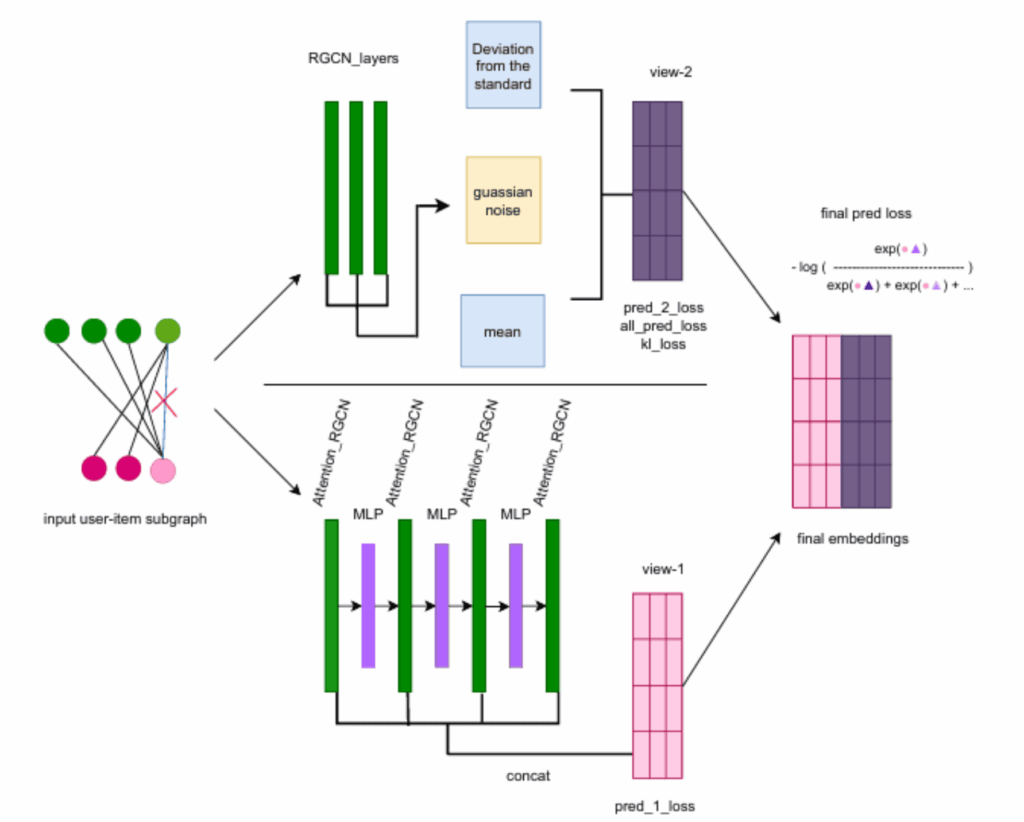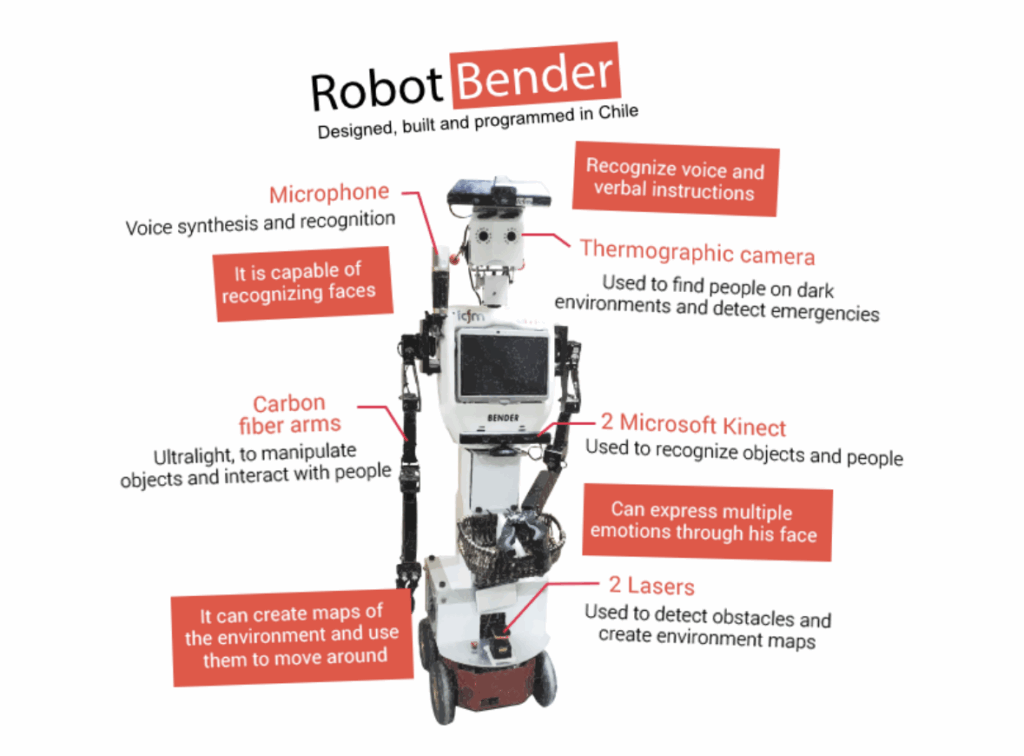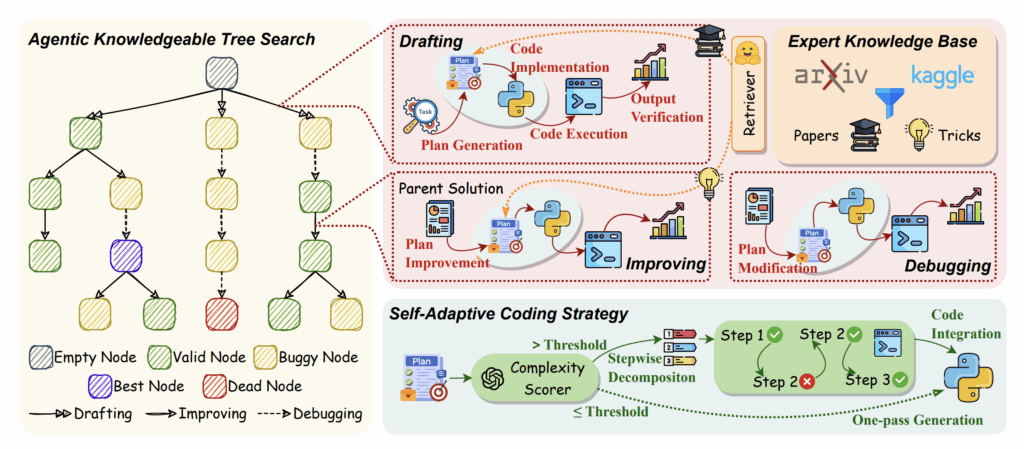
Recommender systems are everywhere — from suggesting movies on streaming platforms to recommending products in online stores. At the heart of these systems lies a challenge called matrix completion: predicting the missing ratings or preferences users might have for items. Recently, a new method called MCCL (Matrix Completion using Contrastive Learning) has been proposed to make these predictions more accurate and robust. Here’s a breakdown of what MCCL is all about and why it matters.
What’s the Problem with Current Recommendation Methods?
- Sparse Data: User-item rating matrices are mostly incomplete because users rate only a few items.
- Noise and Irrelevant Connections: Graph Neural Networks (GNNs), popular for modeling user-item interactions, can be misled by noisy or irrelevant edges in the interaction graph.
- Overfitting: GNNs sometimes memorize the training data too well, performing poorly on new, unseen data.
- Limited Denoising: Existing contrastive learning methods improve robustness but often don’t explicitly remove noise.
How Does MCCL Work?
MCCL tackles these issues by combining denoising, augmentation, and contrastive learning in a smart way:
- Local Subgraph Extraction: For each user-item pair, MCCL looks at a small neighborhood around them in the interaction graph, capturing local context.
- Two Complementary Graph Views:
- Denoising View: Uses an attention-based Relational Graph Convolutional Network (RGCN) to weigh edges, reducing the influence of noisy or irrelevant connections.
- Augmented View: Employs a Graph Variational Autoencoder (GVAE) to create a latent representation aligned with a standard distribution, encouraging generalization.
- Contrastive Mutual Learning: MCCL trains these two views to learn from each other by minimizing differences between their representations, capturing shared meaningful patterns while preserving their unique strengths.
Why Is This Important?
- Better Prediction Accuracy: MCCL improves rating predictions by up to 0.8% RMSE, which might seem small but is significant in recommendation contexts.
- Enhanced Ranking Quality: It boosts how well the system ranks recommended items by up to 36%, meaning users get more relevant suggestions.
- Robustness to Noise: By explicitly denoising the graph, MCCL reduces the risk of misleading information corrupting recommendations.
- Generalization: The use of variational autoencoders helps the system perform well even on new, unseen data.
The Bigger Picture
MCCL represents a step forward in making recommender systems smarter and more reliable by:
- Combining the strengths of graph neural networks with self-supervised contrastive learning.
- Addressing common pitfalls like noise and overfitting in graph-based recommendation models.
- Offering a framework that can be extended to other graph-related tasks beyond recommendations.
Final Thoughts
If you’re interested in how AI and graph theory come together to improve everyday tech like recommendations, MCCL is a promising development. By cleverly blending denoising and augmentation strategies within a contrastive learning setup, it pushes the boundaries of what recommender systems can achieve.
Stay tuned for more innovations in this space — the future of personalized recommendations looks brighter than ever!

